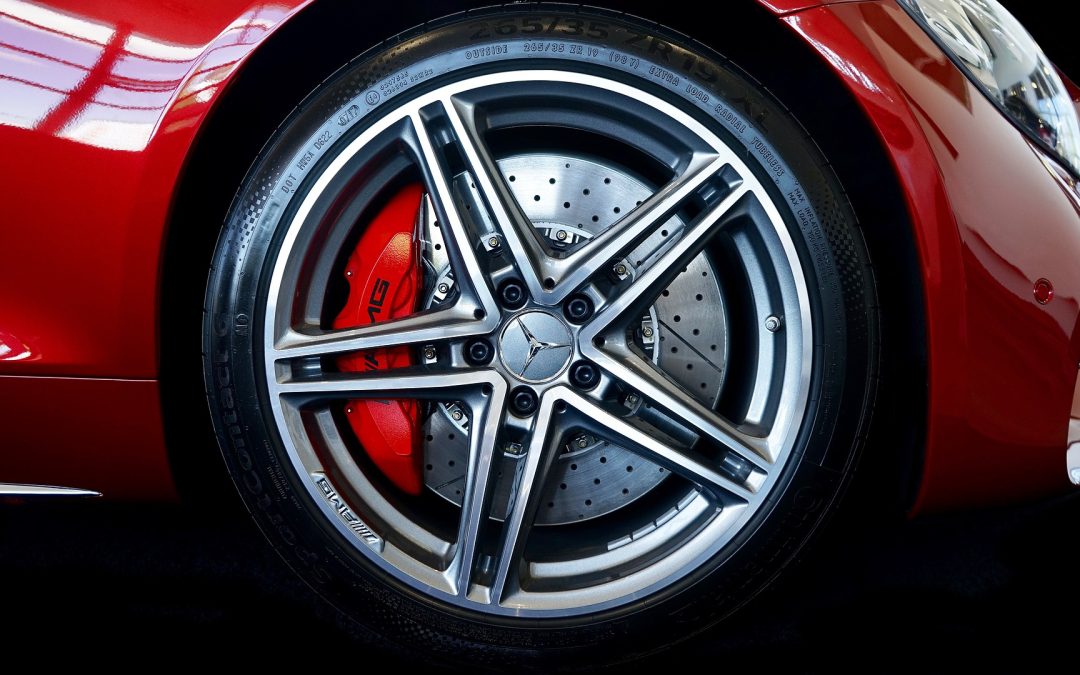Maintaining your vehicle is crucial not only for its performance but also for your safety on the road. Two critical components that require regular attention are your tires and braking system. Understanding when to change your tires, brake pads and rotors can prevent accidents and ensure your vehicle operates smoothly. In this blog, we’ll delve into the signs indicating it’s time for replacements and why proactive maintenance is essential.
When to Change Your Tires: Your tires are the only point of contact between your vehicle and the road, making them integral to safety and performance. Here are some indicators it’s time for new tires:
- Tread Wear: Inspect your tire tread regularly. If the tread depth is worn down to 2/32 of an inch or less, it’s time for replacement. You can use a tread depth gauge to measure this accurately.
- Tread Wear Indicators: Modern tires are equipped with tread wear indicators, small bars that become visible as the tread wears down. If these bars are flush with the tire’s surface, it’s time to replace them.
- Cracks or Bulges: Check for any visible cracks, cuts, or bulges on the tire sidewalls. These can weaken the tire’s structure, increasing the risk of a blowout.
- Age: Even if your tires have sufficient tread depth, they should be replaced roughly every 6 to 10 years, regardless of mileage. Rubber deteriorates over time, compromising tire integrity.
- Performance: If you notice decreased traction, increased road noise, or a rougher ride, it could indicate tire wear.
When to Change Your Brake Pads and Rotors: Your brake system is vital for stopping your vehicle safely. Here’s when to consider replacing brake pads and rotors:
- Brake Pad Thickness: Most brake pads come with a wear indicator—a metal tab that emits a squealing noise when the pads are worn down. If you hear this sound, it’s time for new brake pads.
- Visually inspect the brake pads. If they appear less than a quarter-inch thick, it’s time for replacement.
- Vibrations or Pulsations: If you feel vibrations or pulsations when braking, it could indicate warped brake rotors. In this case, both the rotors and pads may need replacing.
- Squealing or Grinding Noises: Squealing noises can indicate worn brake pads, while grinding noises suggest metal-on-metal contact, indicating severely worn pads and potentially damaged rotors.
- Brake Fluid Leakage: Check for any signs of brake fluid leakage around the calipers or wheels. Loss of brake fluid can compromise braking performance and indicates a potential issue with seals or brake lines.
Why Proactive Maintenance Matters: Proactive maintenance of your tires and brake system is essential for several reasons:
- Safety: Worn tires and brakes can compromise your vehicle’s ability to stop effectively, increasing the risk of accidents.
- Performance: Fresh tires and brake pads enhance your vehicle’s handling, responsiveness, and overall performance.
- Cost-Effectiveness: Regular maintenance helps prevent more extensive damage that could result in costly repairs down the line.
- Legal Compliance: In many regions, driving with excessively worn tires or brakes can result in fines or penalties.
Knowing when to change your tires, brake pads, and rotors is crucial for maintaining your vehicle’s safety and performance. Regular inspections and proactive maintenance can help identify issues early, ensuring your vehicle remains reliable on the road. Don’t overlook these critical components—prioritize your safety by staying vigilant with maintenance schedules and addressing any signs of wear promptly.



